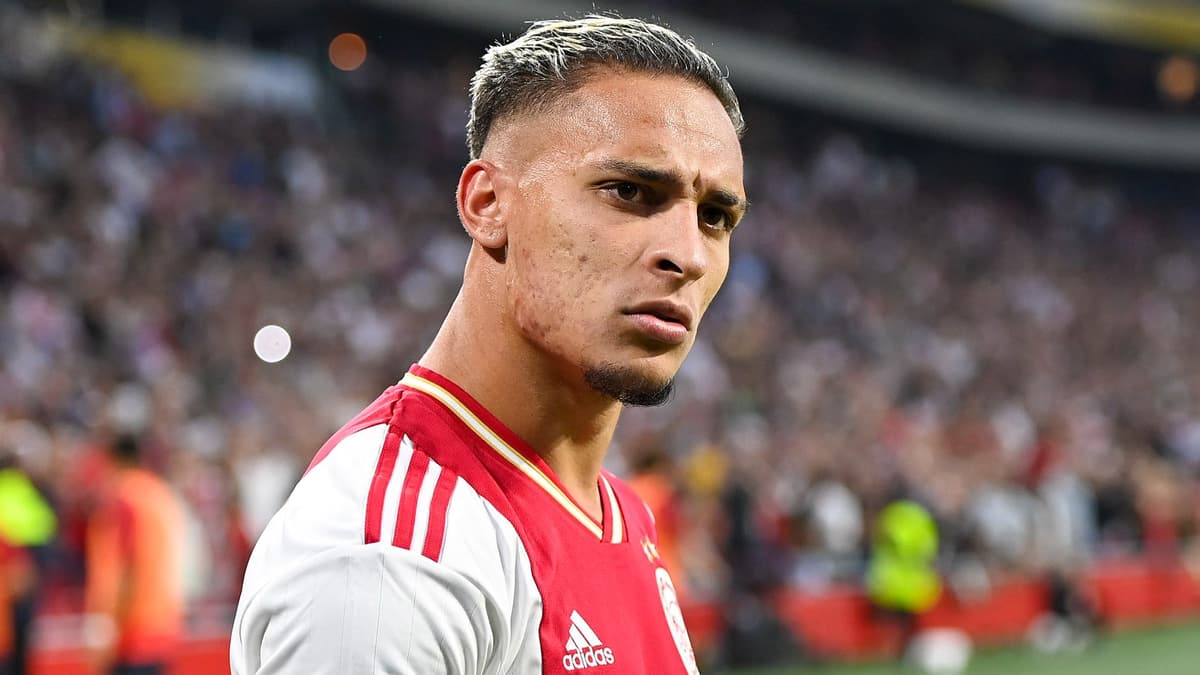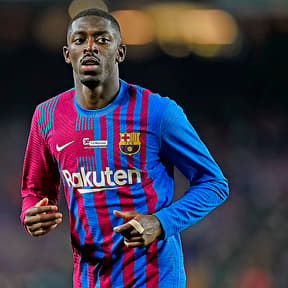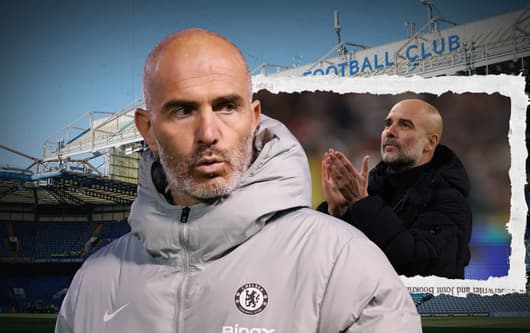From Fellaini to Casemiro - Man Utd have improved at panic buying

Manchester United hope to close the summer transfer window with a flurry of signings, with Casemiro being the first, having agreed a deal to bring him in from Real Madrid.
Other than that, they’re looking at a host of other players, including Ajax winger Antony, PSV forward Cody Gakpo, Borussia Monchengladbach goalkeeper Yann Sommer and maintain interest in Barcelona’s Frenkie de Jong.
De Jong has been Erik ten Hag’s priority target since he joined Manchester United, and the two clubs have been in talks since May, but it has proven complicated to complete a deal for the Dutchman.
United have had all summer to give Ten Hag the tools he needs, and once again, they’ve opted for a last-minute job, proving that while consistency isn’t there on the pitch for them, it’s there in the transfer market.
Man Utd have improved at panic buying
Over the last decade, the Red Devils have made a trend to buy late, and while there hasn’t always been clear signs of improvement on the pitch under various regimes, they’re clearly getting better at one thing: panic buying.
In 2013, the first summer after the legendary Alex Ferguson left, they signed no one all summer having targeted Cesc Fabregas and Thiago Alcantara, only to bring in Marouane Fellaini on the final day of the window for a big fee.
That was repeated once again in 2014, as they were massively depleted in defence in Louis van Gaal’s first season, and solved that issue by signing Radamel Falcao on loan, a forward who spent the previous seven months injured.
Certain issues were fixed the following summer after Van Gaal secured Champions League qualification, and after a tough start to the season, they made Anthony Martial the world’s most expensive teenager on deadline day.
Under Jose Mourinho, things were refined, as he managed to complete most of his transfer business weeks before the start of the season, as evident in 2016 and 2017, potentially signalling a change in operations.
Ajax manager Schreuder: “Yes, my feeling is positive on Antony deal. I understand Antony, but… here you play for Ajax”, tells @ESPNNL. 🚨🔴 #MUFC
“We are playing Champions League football. I don't think Manchester United are playing Champions League football…”.@TheEuropeanLad pic.twitter.com/EEF0famveB— Fabrizio Romano (@FabrizioRomano) August 21, 2022
However, the 2018 window saw quietness as they only signed Fred, with whispers of a late move for Leicester City’s Harry Maguire or Tottenham’s Toby Alderweireld constantly going around.
In 2019, under Ole Gunnar Solskjaer, they spent early, and spent time attempting to sway Leicester away from their £80 million valuation of Maguire…only to pay that fee days before the start of the season anyways.
If that was tough, the following year was the peak of their panic buying, as they lost 6-1 to Tottenham at home before signing Alex Telles, Edinson Cavani, Facundo Pellestri and Amad Diallo on deadline day.
Manchester United managed to be efficient the following summer, quickly brigning in Jadon Sancho and Raphael Varane, before adding Cristiano Ronaldo late in the window as they saw the opportunity arise.
This year, they’re back to their old ways: a new manager came in after a bad season, lots to rebuild, lots to fix, and they gave a depleted squad three new players, leaving the majority of the activity to the final week of the window.
In the next week, they could have a different squad: Antony or Gakpo could be in, maybe a new, more fitting goalkeeper and Ten Hag’s biggest target – this could all have been done much sooner to help the new boss.
Things haven’t always been rosy at Old Trafford over the last decade, but fortunately for them, at least the quality of their panic purchases are getting better…at least there’s a silver lining to this.





















